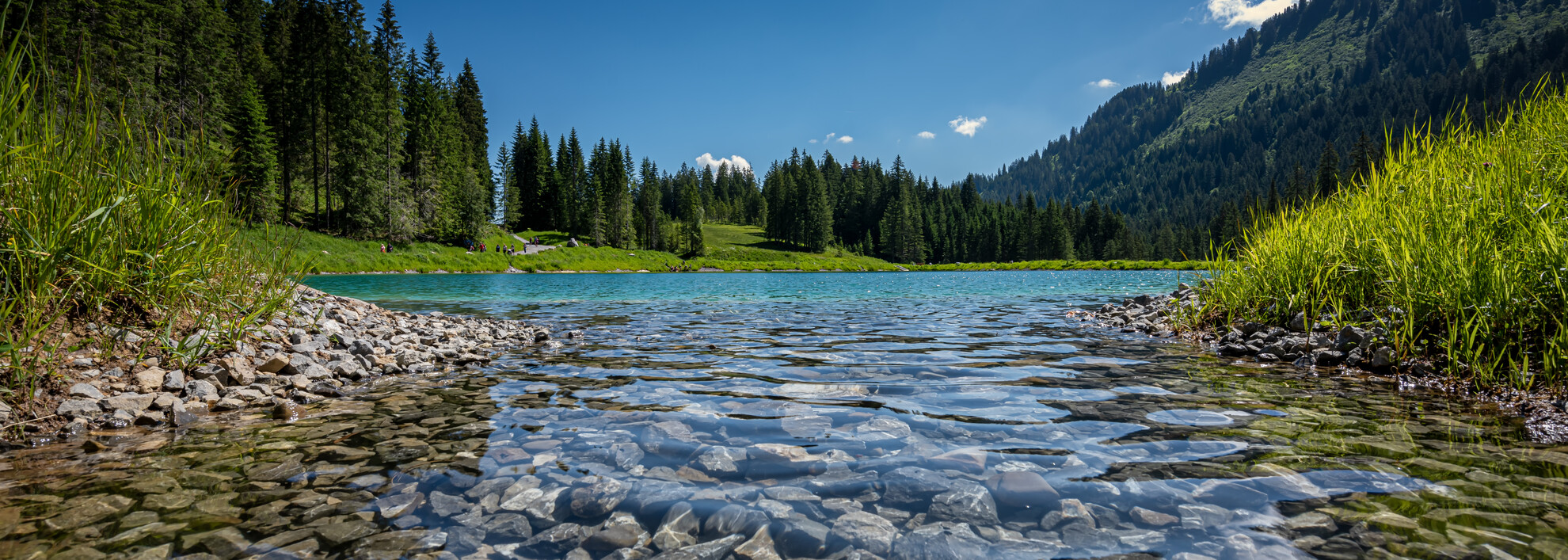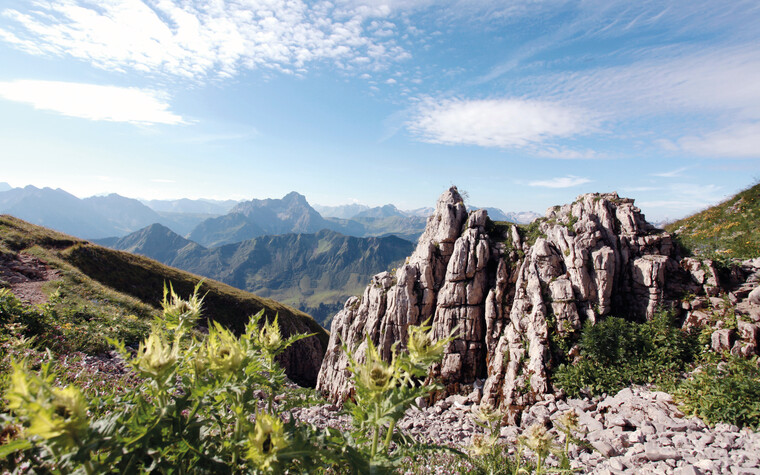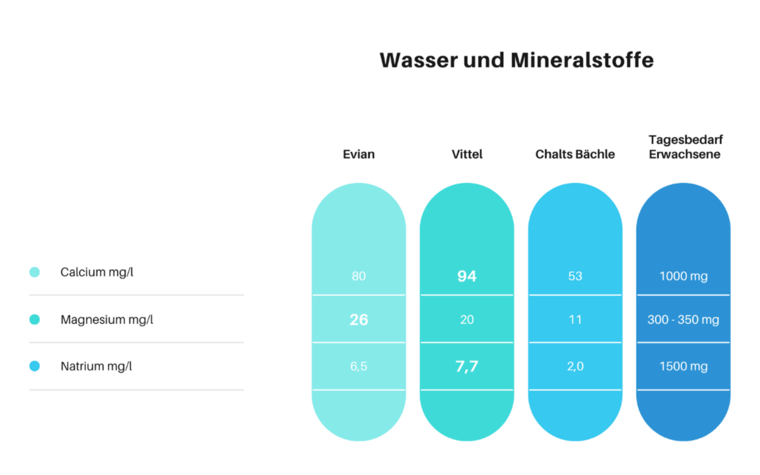

Behind the scenes of Walser Wasser
Open the tap. Water march. Outside, the roaring river, the babbling brook. The pattering of the rain on the roof. Water is our daily companion. Usually quietly and silently. In the mountains at our latitude, it feels like it is always available. And yet it is so much more than a simple resource that we draw from the tap to quench our thirst. 350 liters flow on average per room per day in an Austrian hotel. Sounds like a lot? It is! Where does this water come from in Kleinwalsertal? And is it really that good?
Kleinwalsertal is so liquid
The clearest, cleanest drinking water flows from our local pipes. The ground-breaking ceremony for a public drinking water supply in Kleinwalsertal took place in 1954 when the "Chalts Bächle" spring was tapped in Mittelberg on the mountain path between Mittelberg and Baad. Bächle sounds pretty small. In fact, it is the largest of five natural water sources. It provides almost a third of the water supply in Kleinwalsertal. That's around 450,000 cubic meters per year.
Up to 80 liters per second constantly flow from the cold stream.
But how does the water actually get to the spring? The answer is simple: from above. Rain and meltwater penetrate the uppermost layers of rock and slowly seep away. It flows through cracks, porous rock and crevices. There it is filtered, purified and enriched with minerals. Until it finally collects in a reservoir. If the water level is high enough and the pressure strong enough, it emerges from the mountain as a spring.
The elixir of life. Why water doesn't just quench thirst
Water is not only important for the environment. Tap water is healthy. Period. Mountain spring water is even better than bottled water. No question, right? Honest answer: It depends. One thing is certain: Water, whether bottled or tap, is a natural source of important minerals that are essential for our body's health. It provides a natural and often rich supply of minerals such as calcium, magnesium and potassium.
These minerals play a crucial role in various bodily functions. Calcium is important for strong bones and teeth, while magnesium supports muscle and nerve function and helps regulate blood pressure. Potassium is crucial for maintaining fluid balance and the functioning of the heart and kidneys.
Particularly relevant for athletes after the next hike: Sweating means we have an increased need for water and minerals. And of course, water itself is essential for bodily functions. We recommend 30-40 ml of water per kilogram of body weight per day.
And what's the argument in favor of tap water?
Quite simply: if we think about the environment and the climate, tap water is the more environmentally friendly choice. According to the German consumer advice center, the consumption of mineral water has an average 600 times greater impact on the climate than the consumption of tap water. And your wallet too. What's more, it's quite an effort to regularly lug the bottles you've bought into your home. And last but not least, it's reassuring to know that the water that flows from our beautiful mountains around the clock is available simply by opening the tap. We are convinced that you can taste the difference!
... and no one can match this luxury.





Share page...
...and tell others